Features

Ex Parte Trademark Appeals to District Court — Lessons Learned from the Front Lines
Although pursuit of an appeal to the Federal Circuit may under some circumstances prove to be quicker and less expensive, appeals to district courts are becoming increasingly attractive given recent changes in the law and USPTO practice in defending these actions.
Features

Truth-in-Music-Advertising Law Provides No Private Right of Action to Music Groups
As for the Truth-in-Music-Advertising law in this case of first impression, band-name rights holders will have to wait for state counsel to act in order to seek remedies provided by the statute.
Columns & Departments

IP News
'Polaroid' and Online Self-Promotion: A Cautionary Tale
Features

LJN Quarterly Update: 2024 Q3
The LJN Quarterly Update highlights some of the articles from the nine LJN Newsletters titles over the quarter. Articles include in-depth analysis and insights from lawyers and other practice area experts.
Features
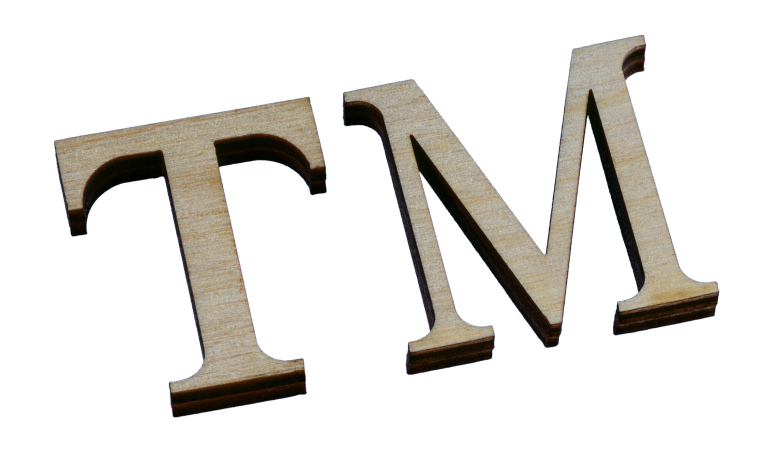
Using Unique Product Features or Designs to Register Trademarks
Brand identity extends well beyond a brand name to encompass various elements. To truly protect your brand, consider what other features or designs can be registered as trademarks.
Features
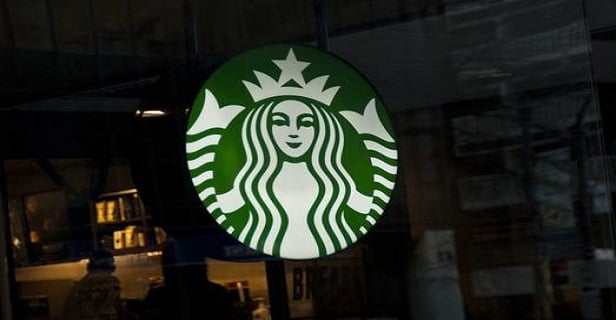
Proactive Brand Defense: Why Warren Buffett's Advice Matters More Than Ever
Warren Buffett's wisdom rings true: "It takes 20 years to build a reputation and five minutes to ruin it. If you think about that, you'll do things differently." In our current landscape of social media and viral content, a brand's reputation — its most valuable asset — can be severely damaged in mere seconds.
Features
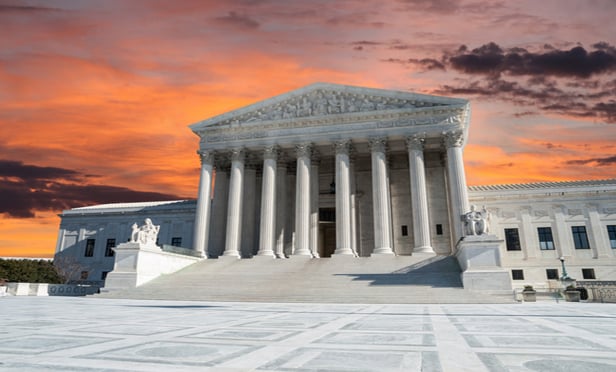
Supreme Court Upholds Names Clause in Trademark Law, Emphasizing Historical and Traditional Foundations
In a landmark decision, the U.S. Supreme Court has unanimously upheld the constitutionality of the Lanham Act's provision that prohibits the registration of trademarks consisting of or comprising the name of a particular living individual without the individual's written consent.
Features
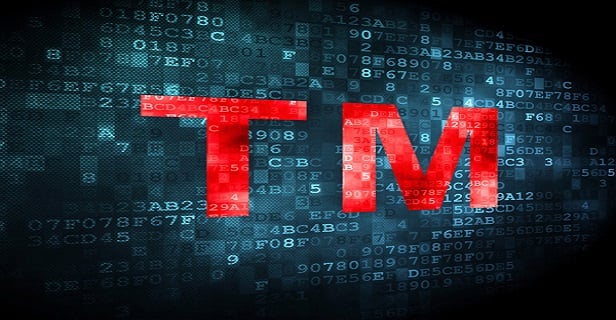
Protecting Trademarks and Brands Against Sophisticated AI-Driven Scams and Schemes
Attorneys and companies alike are witnessing a paradigm shift occurring during the protection of intellectual property assets, encountering more sophisticated solicitations designed to appear as official correspondence from the USPTO, and outright scams utilizing information publicly available through the USPTO for pending trademark applications and existing registrations.
Features
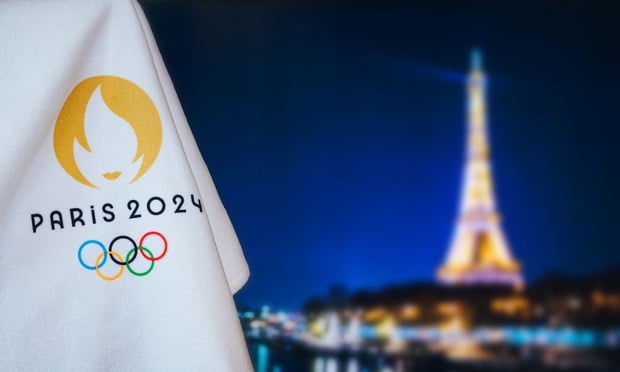
IOC and Paris Attorneys Combatting Trademark Abuse at the Olympics
As the Paris Olympic Games get underway, trademark attorneys for the International Olympic Committee and Paris organizing committee will be working to protect the Olympic brand.
Columns & Departments

IP News
Are Affiliates Liable for Monetary Relief When They Are Not Named Parties to a Case?
Need Help?
- Prefer an IP authenticated environment? Request a transition or call 800-756-8993.
- Need other assistance? email Customer Service or call 1-877-256-2472.
MOST POPULAR STORIES
- The 'Sophisticated Insured' DefenseA majority of courts consider the <i>contra proferentem</i> doctrine to be a pillar of insurance law. The doctrine requires ambiguous terms in an insurance policy to be construed against the insurer and in favor of coverage for the insured. A prominent rationale behind the doctrine is that insurance policies are usually standard-form contracts drafted entirely by insurers.Read More ›
- A Lawyer's System for Active ReadingActive reading comprises many daily tasks lawyers engage in, including highlighting, annotating, note taking, comparing and searching texts. It demands more than flipping or turning pages.Read More ›
- The Brave New World of Cybersecurity Due Diligence in Mergers and Acquisitions: Pitfalls and OpportunitiesLike poorly-behaved school children, new technologies and intellectual property (IP) are increasingly disrupting the M&A establishment. Cybersecurity has become the latest disruptive newcomer to the M&A party.Read More ›
- Abandoned and Unused Cables: A Hidden Liability Under the 2002 National Electric CodeIn an effort to minimize the release of toxic gasses from cables in the event of fire, the 2002 version of the National Electric Code ("NEC"), promulgated by the National Fire Protection Association, sets forth new guidelines requiring that abandoned cables must be removed from buildings unless they are located in metal raceways or tagged "For Future Use." While the NEC is not, in itself, binding law, most jurisdictions in the United States adopt the NEC by reference in their state or local building and fire codes. Thus, noncompliance with the recent NEC guidelines will likely mean that a building is in violation of a building or fire code. If so, the building owner may also be in breach of agreements with tenants and lenders and may be jeopardizing its fire insurance coverage. Even in jurisdictions where the 2002 NEC has not been adopted, it may be argued that the guidelines represent the standard of reasonable care and could result in tort liability for the landlord if toxic gasses from abandoned cables are emitted in a fire. With these potential liabilities in mind, this article discusses: 1) how to address the abandoned wires and cables currently located within the risers, ceilings and other areas of properties, and 2) additional considerations in the placement and removal of telecommunications cables going forward.Read More ›
- Guidance on Distributions As 'Disbursements' and U.S. Trustee FeesIn a recent case from the Bankruptcy Court for the District of Delaware, In re Paragon Offshore PLC, the bankruptcy court provided guidance on whether a post-plan effective date litigation trust's distributions constituted disbursements subject to the U.S. Trustee fee "tax."Read More ›
